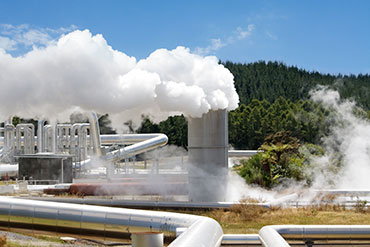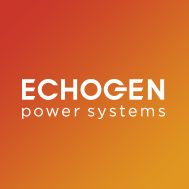Reducing industrial CO2 emissions is a global priority, and we are exploring how to apply our technology to address this need. One common approach to reducing carbon footprint is through carbon sequestration.
How does carbon sequestration work?
- CO2 is captured from power plants or industrial sources.
- The CO2 is compressed and transported through pipelines to a sequestration site, typically an underground reservoir such as abandoned oil and gas fields.
- CO2 is injected underground for permanent storage, where it is trapped below impermeable rock formations.

How does Echogen’s technology contribute?
Through the Geological Carbon Sequestration/Geothermal Heat Extraction (GCS/GHE) Program, Echogen and its partners [LBNL etc.] studied the combination of an Echogen supercritical CO2 (sCO2) turboexpansion cycle with a geothermal / carbon sequestration system modeled in natural sedimentary reservoirs found in the United States. With our partners, Echogen evaluated and developed design opportunities for a power plant/turbine system in such an application. In the proposed system, CO2 would be pumped into an injection well and a portion of the injected CO2 would be extracted through nearby wells. Some of the injected CO2 will remain sequestered in the subsurface formation. Having been heated by the thermal energy of the earth, the extracted CO2 would be expanded in Echogen’s turboexpander to produce electrical power. Once expanded, the CO2 would then be cooled and reinjected through the main injection well to complete the cycle.
The project yielded successful demonstration of a thermosiphon effect in a test field; this advance confirmed the opportunity to develop an open CO2 system capable of providing net output power using “geothermal energy” coupled with geologic carbon sequestration.

